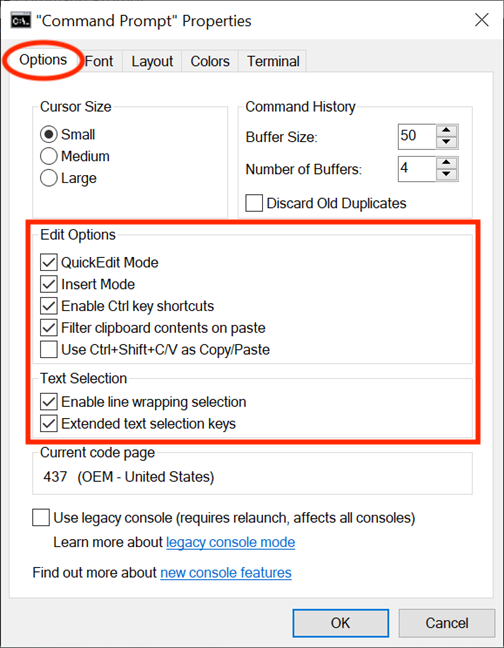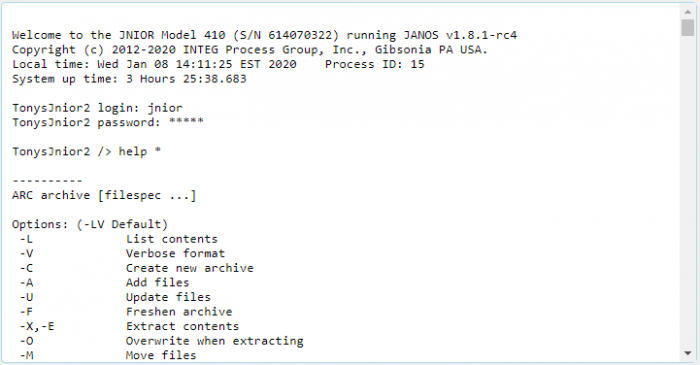
Sometimes, the data stored on a USB flash drive becomes corrupted and impossible to access. Method 3: CHKDSK (Check Disk) Commandīest for: Repairing files that have become inaccessible due to flash drive corruption. It simply performs multiple file management operations at the same time, saving you time and allowing you to regain access to lost files. *.* specifies that you want to apply the attrib to all files in the current directory.Īs you can see, the command isn’t nearly as complicated as it seems at first./s applies attrib and any command-line options to matching files in the current directory and all of its subdirectories./d applies attrib and any command-line options to directories.-r clears the Read-only file attribute.Here’s a detailed explanation of the command you’ve just used: All lost files should be right there, and you shouldn’t have any trouble opening them.


In addition to names, files and even entire directories have various attributes, which are used mainly for access control purposes. Method 2: ATTRIB (Attribute) Commandīest for: Regaining access to files after a malware infection. Here’s the command you need to copy & paste into CMD: explorer ::Īgain, a File Explorer window with the Recycle Bin opened should appear, and you can simply move all deleted files to a safe location. If it doesn’t work, you can open the Recycle Bin by using its GUID (Globally Unique Identifier) instead. It simply provides an alternative way to open the Recycle Bin, one that doesn’t depend on the Recycle Bin icon. Keep in mind that this method won’t help you recover files that are not present in the Recycle Bin. Alternatively, you can simply drag them back to the USB flash drive or any other location. Select the files you want to restore from the Recycle Bin, right-click on any selected file, and click Restore.

Paste the following command into the Command Prompt window and press Enter: start shell:RecycleBinFolder.To recover flash drive files using CMD from the Recycle Bin: Use it when you can’t open the Recycle Bin by double-clicking on its desktop icon, such as when the icon has disappeared, or when the icon simply refuses to open the Recycle Bin. This method can help with the recovery of recently deleted files that are still present in the Recycle Bin.

Method 1: Recycle Binīest for: Recovering recently deleted files. Some methods for performing flash drive recovery using CMD are applicable in more situations than others, and the one we’re starting with is guaranteed to come in handy at least once. Must-Try CMD Flash Drive Recovery Methods However, sometimes it’s more efficient or convenient to enter a relatively simple command than it is to download, install, and use a graphical application just to accomplish the same thing, and USB flash drive recovery is a good example. Most users are not familiar with these commands because they are used to relying on applications with a graphical user interface. The job of a command-line interpreter is to interpret text commands entered by the user.ĬMD supports many different commands that make it possible to do everything from moving files around to formatting storage devices or connecting to remote machines. The Command Prompt, better known simply as CMD, is the default command-line interpreter for Microsoft Windows.


 0 kommentar(er)
0 kommentar(er)
